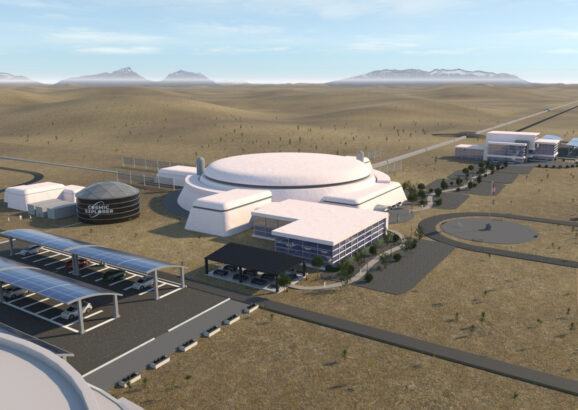Salvatore Vitale
Research Interests
Gravitational waves have been detected in the Fall of 2015 by the Laser Interferometer Gravitational-Wave Observatory (LIGO), nearly one hundred years after Einstein had predicted their existence. This major discovery marks the beginning of a new era for astrophysics. The signals detected by LIGO will yield precious information about their sources. Estimation of physical parameters of known sources, such as binary black holes and neutron stars will shed light on the properties of this extreme objects. At the same time, LIGO could also detect signals from unknown or poorly modeled sources (e.g. core collapse supernovae).
The work of Professor Vitale covers several aspects of this new field. He is interested in the characterization of compact objects, and their formation channels, as well as in the possibility of using gravitational waves to perform strong-field tests of general relativity. He has been deeply involved with the analysis of the first two sources discovered by LIGO. At the MIT, he has developed a low-latency search for unmodeled signals, which is one of the two algorithms that discovered the first-ever gravitational wave signal. More recently, he has been investigating the possibilities of the proposed next generation of gravitational-wave observatories.
Courtesy of New Scientist | YouTube
Biographical Sketch
Salvatore Vitale joined the MIT Physics Department as an Assistant Professor in January 2017. He obtained his bachelor and master degrees in physics at the University of Bologna, and his phD in physics at the Pierre et Marie Curie University, Paris, in 2010. He has been a postdoctoral associate at the Nikhef of Amsterdam. Before joining the faculty, he has been a postdoctoral associate and a research scientist at the MIT LIGO Lab.
More info:

A bigger, better space-ripple detector
The MIT-led Cosmic Explorer project aims to detect gravitational waves from the earliest universe.
Awards & Honors
- 2021 // NSF Faculty Early Career Development Program (CAREER) Award
- 2016 // Gruber Cosmology Prize (awarded to The LIGO Discovery Team) "for the first detection of gravitational waves."
Key Publications
-
S. Vitale and H-Y. Chen “Measuring the Hubble Constant with Neutron Star Black Hole Mergers”, Phys. Rev. Lett. 121 021303 (2018)
-
S. Vitale et al. “Measuring the Star Formation Rate with Gravitational Waves from Binary Black Holes”, ApJL 886 1 (2019)
-
S. Vitale et al, “Use of gravitational waves to probe the formation channels of compact binaries”, Class. and Quantum Gravity Lett. 34, 3 L1 (2017)
